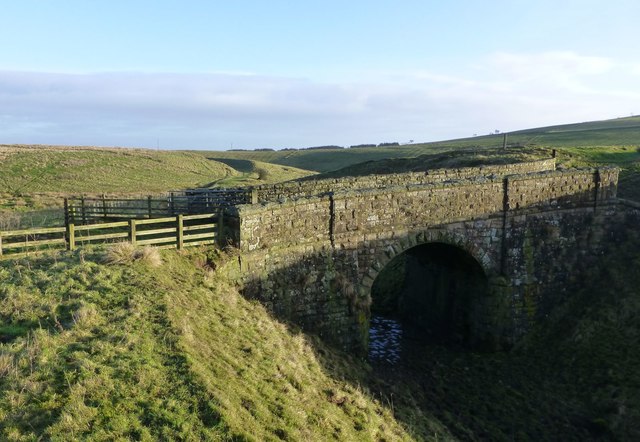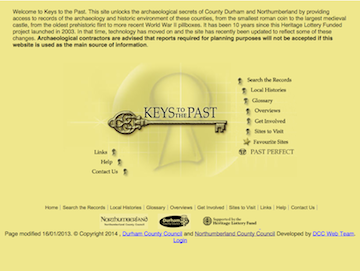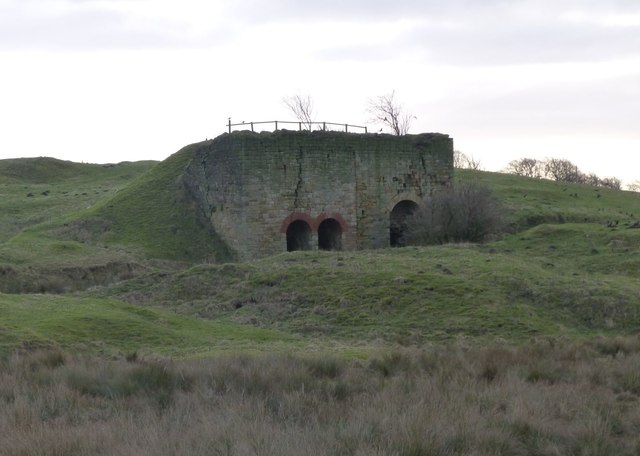Topics > Northumberland > Ritton Whitehouse, Northumberland
Ritton Whitehouse, Northumberland
RITTON-WHITEHOUSE, a township, in the parochial chapelry of Nether Witton, union of Rothbury, W. division of Morpeth ward, N. division of Northumberland, 5¾ miles (S.) from Rothbury; containing 26 inhabitants. In 1663, Ritton-Whitehouse and Roughlees are stated to be the property of Sir Thomas Riddell, of Cheeseburn Grange; after which, a family named Forster held the estates; and subsequently, the Kerrs and the Trevelyans came into possession. The township comprises about 616 acres, and consists of three farms. The land is high, and much exposed to the winter blast from the hills to the north and west.
Extract from: A Topographical Dictionary of England comprising the several counties, cities, boroughs, corporate and market towns, parishes, and townships..... 7th Edition, by Samuel Lewis, London, 1848.

from Geograph (geograph)
A bridge over the old Northumberland Central Railway
Pinned by Simon Cotterill

from https://keystothepast.info/se…
Ritton White House (Nunnykirk)
- "This is the site of the deserted medieval village of Ritton White House. Although it is recorded in historical records, there are no remains to be seen here now...."
Added by
Simon Cotterill

from https://keystothepast.info/se…
Ritton White House (Nunnykirk)
- "A group of 19th century planned farm buildings stand at this site. At one end of the range one of the structures appears to be older. It may be the …
Added by
Simon Cotterill


from Geograph (geograph)
A bridge over the old Northumberland Central Railway
Pinned by Simon Cotterill

from https://keystothepast.info/se…
Ritton White House (Nunnykirk)
- "This is the site of the deserted medieval village of Ritton White House. Although it is recorded in historical records, there are no remains to be seen here now...."
Added by
Simon Cotterill

from https://keystothepast.info/se…
Ritton White House (Nunnykirk)
- "A group of 19th century planned farm buildings stand at this site. At one end of the range one of the structures appears to be older. It may be the …
Added by
Simon Cotterill










